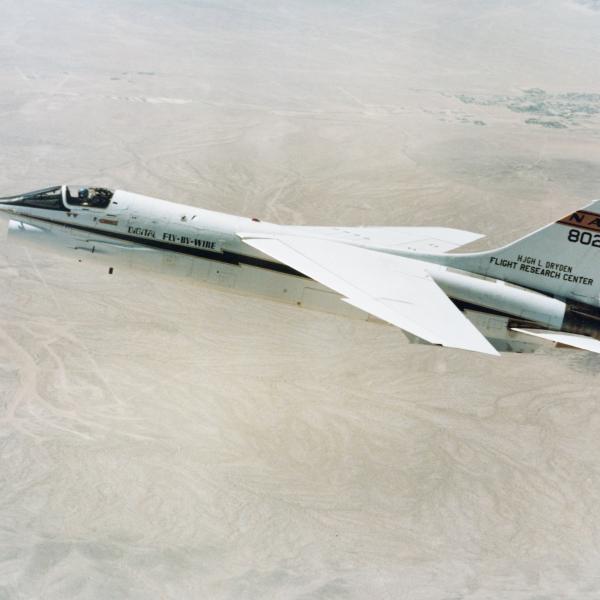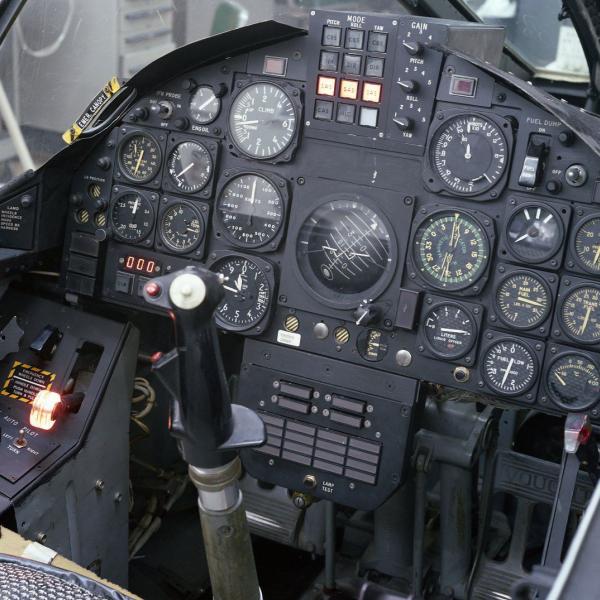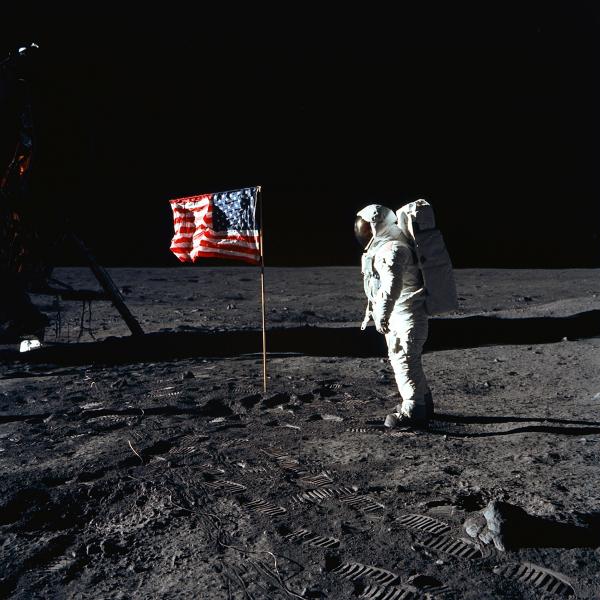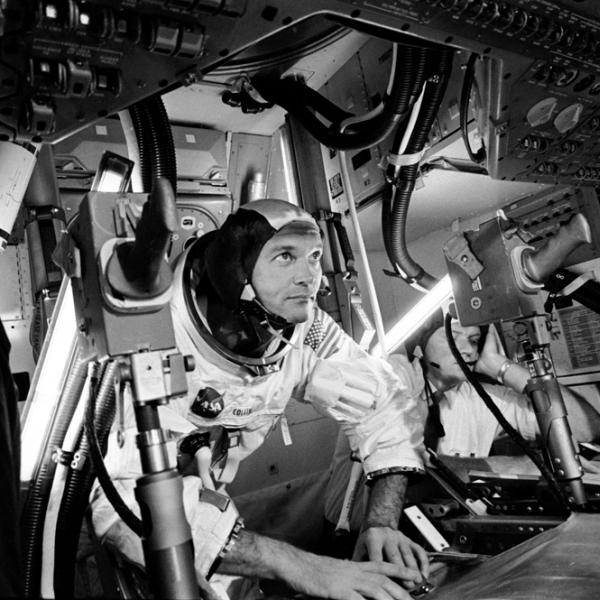
Neil A. Armstrong
Neil A. Armstrong had a fascination with flying and worked in aviation long before he became the first man on the moon. He earned a Bachelor of Science Degree in Aeronautical Engineering from Purdue University in 1955 and a Master of Science in Aeronautical Engineering from the University of Southern California in 1970. Armstrong served as a naval aviator from 1949-1952. He joined the National Advisory Committee for Aeronautics (NACA) in 1955 and his first assignment was as a test pilot at NACA Lewis Research Center (now NASA John H. Glenn Research Center) in Cleveland, Ohio. Several months later, Armstrong transferred to Edwards Air Force Base in California, where he was a project test pilot on many groundbreaking high speed aircraft. Armstrong flew over 200 different models of aircraft including the rocket powered, 4000 mile-per-hour, X-15. Armstrong became an employee of the National Aeronautics and Space Administration (NASA) when that organization absorbed the NACA in 1958.
In 1962, Neil Armstrong was reassigned from research test pilot to astronaut. He was selected as commander for the Gemini 8 mission with David Scott serving as pilot. The mission was cut short due to a spacecraft malfunction, but Armstrong became the first American civilian in space. He also served as backup crew commander for Gemini 5 and Gemini 11.
During the Apollo missions Armstrong served as backup Mission Commander for Apollo 8 and Mission Commander for Apollo 11, although he almost did not live to see them. While training in a Lunar Landing Training Vehicle (LLTV) he was forced to eject, mere seconds before the malfunctioning LLTV crashed to the ground. No stranger to near death experiences from his work as a test pilot, Armstrong was undeterred and insisted lunar landings would have been impossible without the training vehicle. Thankfully Armstrong survived the incident and on July 16, 1969 launched into space as Mission Commander of Apollo 11. Four days, two alarms, and one manual landing later, the Lunar Excursion Module Eagle landed safely on the lunar surface and Armstrong became the first human to set foot on the moon. Armstrong is known for his famous quote from his historical first step on the moon, "That's one small step for man, one giant leap for mankind."
After returning to Earth, Armstrong held many positions including Deputy Associate Administrator for Aeronautics at NASA where he pushed for the adoption of digital-fly-by-wire (technology used in the Apollo spacecraft) in aviation.



